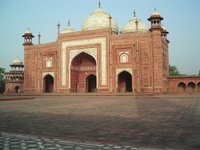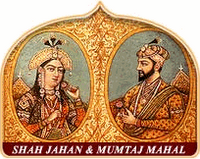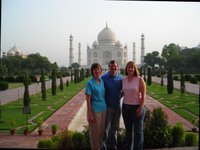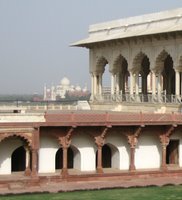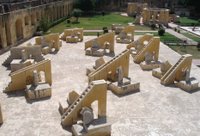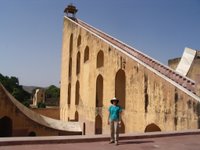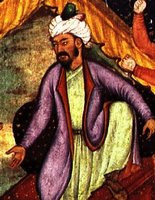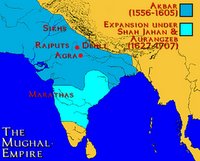Touring Northern India
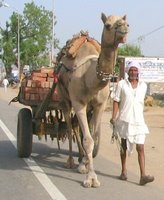 Our Golden Triangle tour in northern India was a whirlwind experience filled with the breathtaking, the unusual, the transition of the unusual becoming the mundane. Yet despite the familiarity, every step outside our doorway was an assault on our senses.
Our Golden Triangle tour in northern India was a whirlwind experience filled with the breathtaking, the unusual, the transition of the unusual becoming the mundane. Yet despite the familiarity, every step outside our doorway was an assault on our senses.
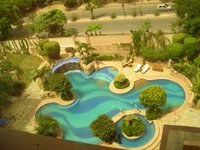 In
In  overlooking the pool with sculptures of water-spouting dolphins.
overlooking the pool with sculptures of water-spouting dolphins.
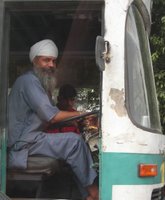 the 10th century by people who could never imagine motorized traffic filling broad avenues around the Indian Gate or a bearded Sikh driving a dilapidated city bus.
the 10th century by people who could never imagine motorized traffic filling broad avenues around the Indian Gate or a bearded Sikh driving a dilapidated city bus.  Traveling outside the metropolitan area of
Traveling outside the metropolitan area of 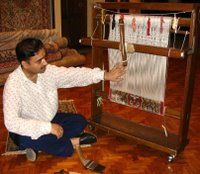 One is the tour guide fee and other is the “end of the tour” emporium stop. These stops are anticipated, but typically cloaked in the gentle Indian communication style, by saying something like, “Would you like to see a demonstration of hand knotted Indian rug making?”
One is the tour guide fee and other is the “end of the tour” emporium stop. These stops are anticipated, but typically cloaked in the gentle Indian communication style, by saying something like, “Would you like to see a demonstration of hand knotted Indian rug making?”
 There are sights of great beauty and sights of thin
There are sights of great beauty and sights of thin gs you just would not expect. There is just no doubting the achievements of the energy and vision of people who lived so long ago and so far away. We saw the effort of everyday people doing everyday things. There are people who bring entertainment to an evening’s dinner. Then Helen entertained herself, making the Indian bread called naan that is made in a clay tandoor oven.
gs you just would not expect. There is just no doubting the achievements of the energy and vision of people who lived so long ago and so far away. We saw the effort of everyday people doing everyday things. There are people who bring entertainment to an evening’s dinner. Then Helen entertained herself, making the Indian bread called naan that is made in a clay tandoor oven.
 When you come to India, make sure to bring cash…plenty of rupees. Th
When you come to India, make sure to bring cash…plenty of rupees. Th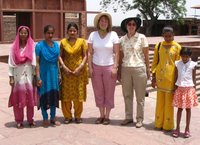 ere is a two-tier pricing system at many tourist attractions. Domestic visitors pay 10 rupees, foreigners…250 rupees ($5 USD). Jay felt a bit like an ATM machine on our tour. Another Indian travel custom we rather enjoy is being invited by a family to become part of their adventure. It is a status symbol to know or be seen with Westerners. We are featured in a number of Indian family photos.
ere is a two-tier pricing system at many tourist attractions. Domestic visitors pay 10 rupees, foreigners…250 rupees ($5 USD). Jay felt a bit like an ATM machine on our tour. Another Indian travel custom we rather enjoy is being invited by a family to become part of their adventure. It is a status symbol to know or be seen with Westerners. We are featured in a number of Indian family photos.


